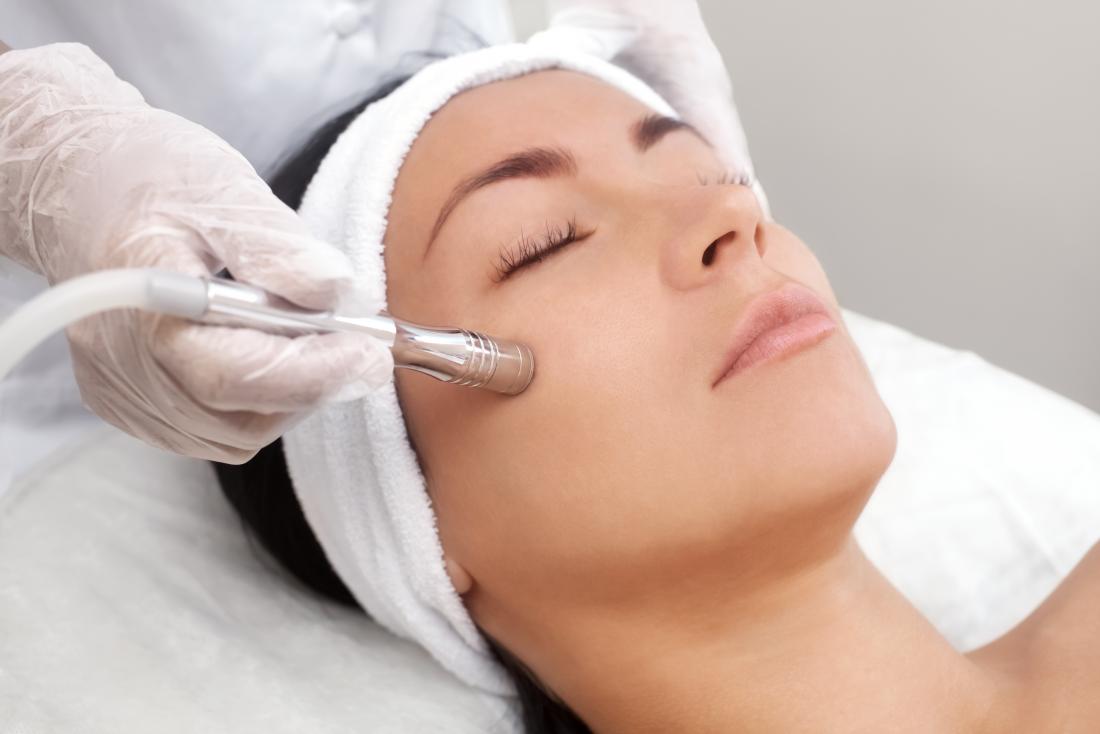
In order to get a clearer idea of how much a breast reduction surgery will cost, consider what your options are. To help you assess the cost of breast reduction surgery, ask your surgeon to take pictures and provide details about your symptoms. Also, make sure to contact your insurance provider as soon as possible to discuss your options and your deductibles. Be prepared for anything and you will avoid unpleasant surprises. To find out how much is a breast reduction surgery, read on.
Average cost of breast-reduction surgery in the U.S.
The average cost of breast-reduction surgery in the U.S. is approximately $5,000 to $12,000. Prices can vary widely. These prices include fees for the surgeon, facility fees, anesthesia, and any cost for implants. Patients with large breasts will pay more because they require additional work to remove excess tissue or reshape their nipple. Before selecting a surgeon, ask about fees for pre-op labs, travel, and lodging.
If breast reduction is considered medically necessary, insurance and Medicaid may pay for it. A breast reduction is only performed if it causes medically necessary problems. Ask your surgeon for details about your individual insurance plan. Insurance companies often have specific requirements for the procedure, so it's best to talk to them before scheduling your surgery.

Variations in cost
A variety of factors affect the cost of a breast-reduction procedure, such as the amount and type of implants used. Pricing can also be affected depending on the complexity and length of the procedure. A capsulotomy involves removing scar tissue around an implant to reduce compression. The type of implants a woman has can also affect pricing. Health insurance may cover the procedure. It is possible to perform the procedure on males and females. However, prices are typically higher for borderline patients.
A breast reduction procedure costs on average $8,200. This price does not include the cost of prescription medication or pre-operative medical clearance. The final cost depends on the plastic surgeon, location, and experience level. Patients should check with their surgeon's office to get an accurate estimate of the cost before the procedure. Some surgeons offer patient financing plans, and some may waive the non-refundable consultation fees. Regardless of whether or not you have medical insurance coverage, you should still research the price before choosing a surgeon.
Insurance coverage
Ask your insurance company about whether they cover breast reductions. If you have medical proof, most insurers will cover breast-reduction surgery. A medical certificate from your family doctor or plastic surgeon is required. If your symptoms are chronic, insurance companies are more likely to approve your surgery or at least partial coverage. Here are some ways to ensure you get insurance coverage for your procedure.
Before you have the procedure, verify your insurance coverage. Most health insurance companies do not cover cosmetic procedures, including breast reduction. Even if they cover breast reduction, it is not considered a basic procedure. If you have a grave health problem related the size or shape of your breasts most insurance plans will cover it. If you are a woman with a large breast, the surgery may be covered by your medical plan.

Recovery time
The recovery period after a breast-reduction can vary depending on the procedure. It may take between two and six months. Everyone recovers at different rates. A sedentary worker may need to take off one week, while a physically active person might require two weeks. There are many factors that will affect recovery. But patients need to be aware of how much time will they spend in bed.
You will be able to do light housework and other activities within a week of surgery. You will experience the most difficulty for the first few days, so plan ahead. Keep your activities limited and prescribed pain medications. Keep your head elevated during this period. Avoid strenuous exercise during the first six weeks. Also, avoid lifting heavy objects, such as gallon jugs, during recovery.